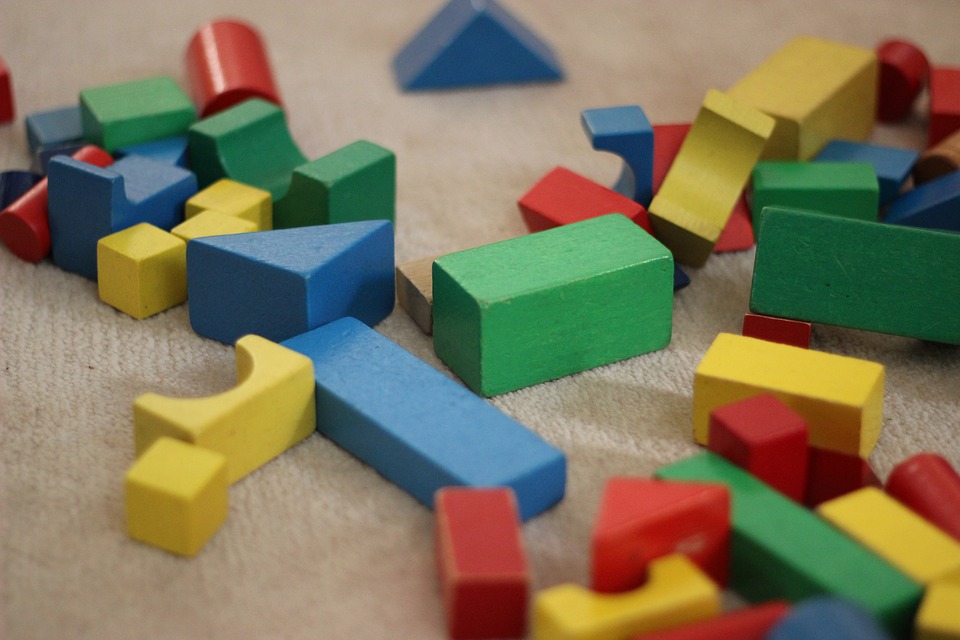
Autism is a complex developmental disorder characterized by impaired social interaction, impaired verbal and non-verbal communication, and restricted and repetitive behavior. Enter any toy store and you’ll likely encounter bright lights, sensory-rich displays and, especially during the Christmas holiday season—too-loud music. This can be very stressful and even overwhelming for those with autism and similar conditions.
Toy stores are toning down sights and sounds for autistic children
However, several toy manufacturers and many individual toy stores have begun to recognize the need for toys and store environments that accommodate the needs of children with autism. For example, Hasbro now offers tips on how parents can teach autistic children to play with Mr. Potato Head or a My Little Pony play set. A Toys R Us in Pennsylvania turned off its music for several hours and even turned its break room into a quiet zone. The 100 Toys R Us stores in the United Kingdom have offered similar events for years and the plan is to host similar events in the 900 stores in the U.S.
Key Takeaways:
http://www.columbian.com/news/2016/dec/26/more-toy-options-opening-up-for-kids-with-autism/
Do You Need help with a Learning Difficulty?
Our simple online analysis will help you get to the core of the problem and find the right solution for you.
Understanding how to help someone with a learning difficulty starts with understanding which micro-skills are affected. When you learn which of the micro-skills is the problem, you will then be on your way to solving it.
You'll also learn how to:
- Build confidence
- Enhance Learning ability
- Eliminate avoidance
- Build grit
You can get this analysis for free by filling out this simple form. This will help you get to the bottom of a learning difficulty and provide you with a solution. If you are ready to put this problem behind you click the button below and fill out the form.


